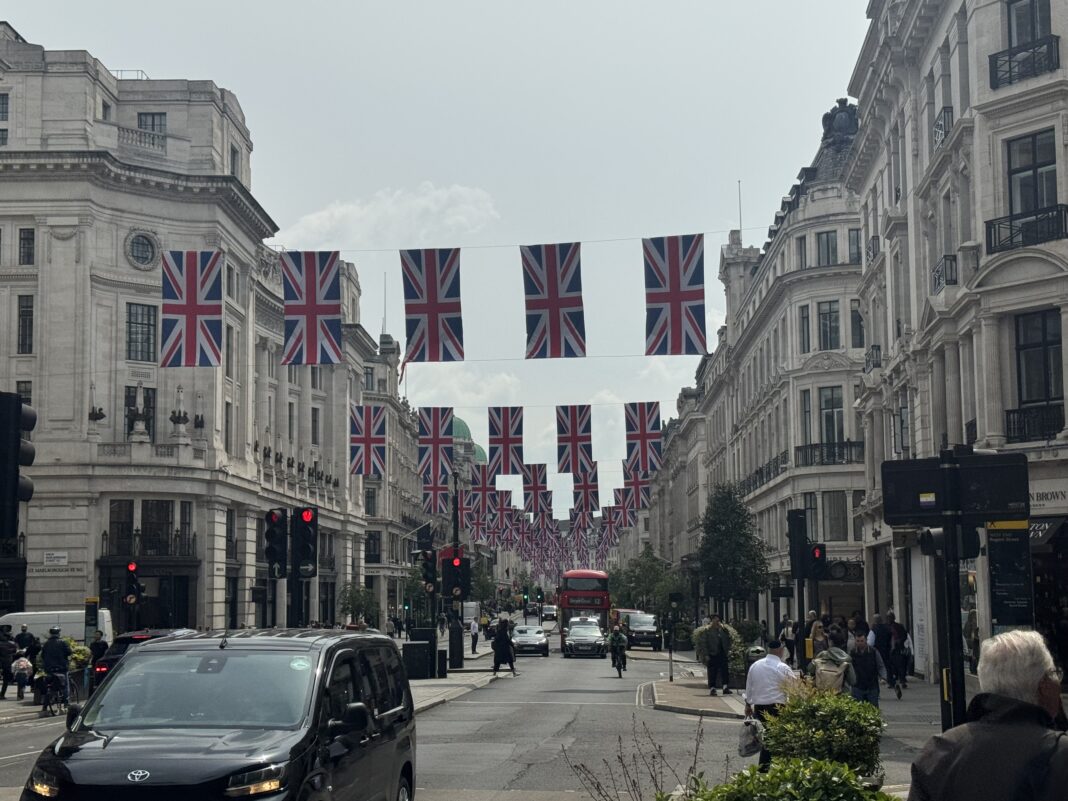Property sales across prime London plummeted in April following a temporary surge in March, as buyers rushed to beat the end of a stamp duty holiday.
According to new data from property analyst LonRes, sales volumes dropped by 26.2% compared to April 2024, and were nearly a quarter below their pre-pandemic average.
The sudden downturn follows an artificial spike in March, driven by a stamp duty increase that came into force at the end of the month.
While new sales instructions rose by 8.1% year-on-year, and by nearly 30% versus the 2017–2019 average, achieved sale prices declined by 2.9% annually – a sure sign of weakening momentum.
SELECTIVE DEMAND
Price cuts are on the rise too, up 54% year-on-year across March and April, as sellers react to more selective demand. Average discounts to asking prices reached 8.9% in April, while overall values now sit 1.3% below their pre-Covid average – with some areas seeing prices close to 2013 levels.

Nick Gregori, Head of Research at LonRes, says” “The strong March was a one-off. April’s figures underline that the market lacks real momentum, with sellers having to work harder to attract cautious buyers.”
While overall activity slumped, the super-prime £5 million-plus market held steady, with transactions flat year-on-year but still 34.5% above the 2017–2019 average.
Stock in this tier has surged 23% annually, hitting record highs – up 69% from pre-pandemic levels.
SUBDUED LETTINGS
Lettings were also subdued. Despite average rents rising 5.1% annually in April – and now sitting 34% above pre-pandemic norms – both new instructions and agreed lets fell sharply. Lets agreed dropped nearly 35% year-on-year, while new rental listings fell by 21.5%, with the steepest declines at sub-£750 per week price points.
This lack of supply continues to strain affordability, particularly at lower rents. The number of properties available to let at under £750 per week is now more than 70% below April 2020 levels.
There is cautious optimism that falling borrowing costs may revive confidence. The Bank of England’s recent rate cut, and signals of further easing to come, could support demand.
But for now, both the sales and lettings markets in prime London appear trapped in a fragile stalemate.











